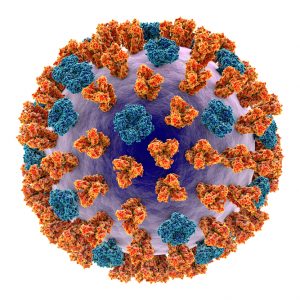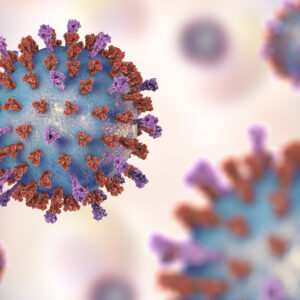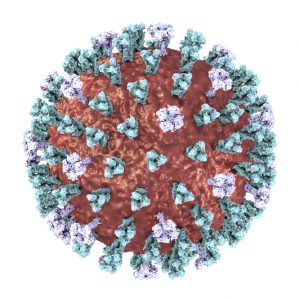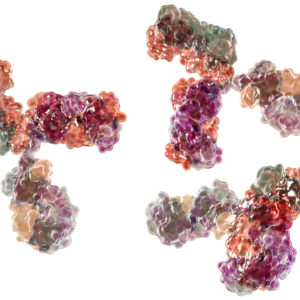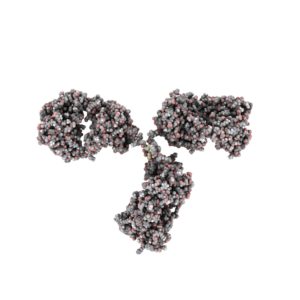Lassa Fever Virus
Lassa fever is a zoonotic disease, caused by the Lassa fever virus. The animal reservoir of Lassa virus is a rodent commonly known as the ‘multimammate rat’. Mastomys rats infected with Lassa virus do not become ill, but can shed the virus in their urine and faeces. About 80% of people who become infected with Lassa virus have no symptoms. However, 1 in 5 infections result in severe disease, where the virus affects multiple organs such as the liver, spleen and kidneys.
The Native Antigen Company offer recombinant Lassa Fever virus antigens in support of vaccine research and development, and as targets for serological immunoassays.
Lassa Fever Virus Background
Lassa fever is a severe and sometimes fatal haemorrhagic disease caused by the Lassa fever virus (LAFV). First identified in 1969 in Nigeria, Lassa Fever virus is a single-stranded, enveloped RNA virus that belongs to the genus Mammarenavirus, of the Arenaviridae family of viruses. The natural reservoir for Lassa fever virus is the Mastomys natalensis rat and transmission of LAFV to humans most commonly occurs through contaminated rat urine and faeces. The virus is also spread by person-to-person via contact with contaminated human excreta, blood and bodily secretions, which causes a significant risk to health workers (1). LAFV is now endemic in West Africa and a substantial outbreak of Lassa fever in 2016 resulted in 160 deaths.
Most individuals infected with LAFV remain asymptomatic, but severe disease may occur in 15% of cases, with 1% of these resulting in death. Symptoms of LAFV infection are variable and non-specific, making early diagnosis difficult. The symptoms associated with Lassa fever range from mild fever, with headaches and fatigue, to severe life-threatening multiple organ failure. Early stages of the disease resemble symptoms of typhoid and malaria, making misdiagnosis is a risk (2).
Currently, no licensed vaccine is available for the prevention of Lassa fever. Early treatment is possible using the drug Ribavirin, but the similarity of Lassa Fever to other diseases may cause delay in the accurate diagnosis of LAFV infection. Diagnosis of LAFV can be performed using molecular techniques, but requires access to high containment facilities. Therefore, LAFV infection is commonly diagnosed using serological methods to detect virus-specific IgG or IgM in a patient’s serum. However, serological methods lack both sensitivity and specificity due to cross-reactivity with similar viruses, meaning that improved methods of diagnosis are urgently needed (3).
In 2015, a workshop organised by the WHO identified Lassa fever as an emerging disease requiring accelerated R&D to underpin in vitro diagnostic development, vaccine design and therapeutics. The Native Antigen Company supports the research areas highlighted in the WHO 2015 workshop report on emerging diseases, by supplying high quality products, suitable for LAFV research and in vitro diagnostic assay development.
References
- Viral hemorrhagic fever consortium
- World Health organization – media centre Lassa fever
- Racsa, L.D. et al (2016). Viral Hemorrhagic Fever Diagnostics. Clin Infect Dis. 62: 214–219.
Lassa Fever Antigens
Our recombinant Lassa Fever virus proteins are produced using mammalian and E. coli expression systems and are suitable for use in assay development, vaccine research and as antigens for the preparation of antibodies. These proteins are presented as either His-tagged or Fc-fusion proteins, with an option of either human, sheep or mouse Fc regions to maximise flexibility.
Lassa Fever Antibodies
Questions?
Check out our FAQ section for answers to the most frequently asked questions about our website and company.

